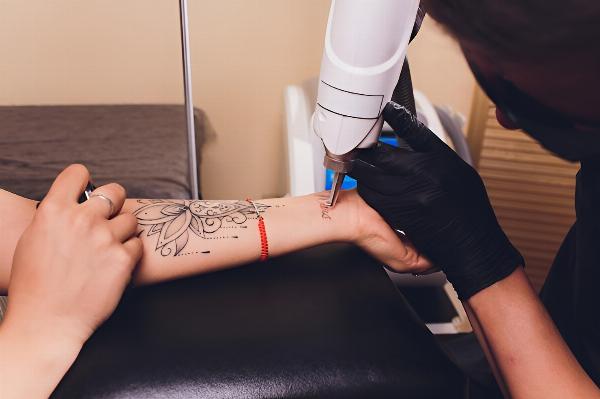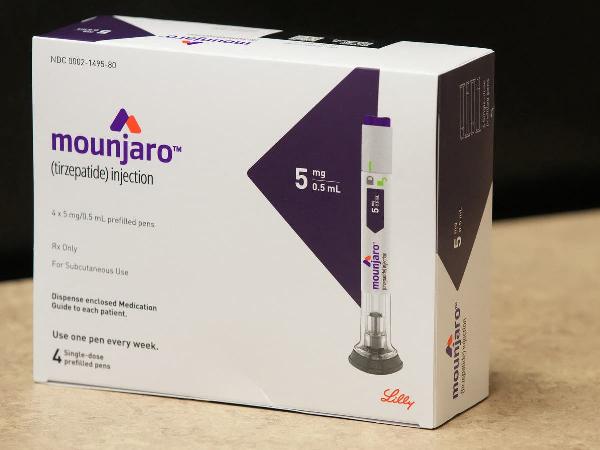Laser Tattoo Removal A New You Awaits

Strong 8k brings an ultra-HD IPTV experience to your living room and your pocket.
In recent years, laser tattoo removal has become a transformative solution for those seeking to erase past decisions and start anew. The art of tattooing has evolved dramatically, but the desire to remove or alter a tattoo remains a common pursuit. If you’re contemplating this procedure, understanding its nuances can offer a clearer picture of what to expect and how it can impact your life.
Understanding Laser Tattoo Removal
Laser Tattoo Removal in Dubai employs advanced technology to break down the ink particles embedded in the skin. The process uses high-intensity laser beams that target the pigment in the tattoo. These lasers are designed to penetrate the skin and break the ink into smaller particles, which are then naturally removed by the body's immune system.
Unlike older methods such as dermabrasion or chemical peels, laser removal is highly precise and minimizes damage to surrounding tissue. The procedure is effective for a range of tattoos, including those that are colorful and have been inked with various types of pigments.
The Science Behind the Laser
At the heart of laser tattoo removal is a principle known as selective photothermolysis. Lasers emit short pulses of light at specific wavelengths that are absorbed by the tattoo ink. Different wavelengths target different ink colors, making the technology versatile. For instance, the Q-switched Ndlaser is commonly used for black and dark blue inks, while the Q-switched Ruby laser can effectively treat red and orange pigments.
When the laser light hits the ink particles, it causes them to fragment into smaller pieces. These fragmented particles are then processed and eliminated by the body’s lymphatic system. Over a series of treatments, the tattoo becomes progressively lighter and eventually fades away.
The Procedure: What to Expect
The tattoo removal process typically begins with a consultation where a dermatologist or specialist assesses your tattoo, skin type, and overall health. This helps in tailoring the treatment plan to suit your needs. The procedure itself involves several steps:
Preparation: The area around the tattoo is cleaned, and a cooling gel may be applied to minimize discomfort.
Laser Treatment: The laser device is adjusted to the appropriate wavelength and intensity for your tattoo. During the session, the laser pulses are directed at the tattooed skin, and you may experience a sensation similar to a rubber band snapping against the skin.
Post-Treatment Care: After the session, you may notice redness, swelling, and minor discomfort, which typically subsides within a few hours to days. It's crucial to follow aftercare instructions, including keeping the area clean and applying prescribed ointments to promote healing.
Follow-Up: Multiple sessions are usually required to achieve complete removal. The number of sessions depends on factors such as tattoo size, color, and depth. Sessions are spaced several weeks apart to allow the skin to heal between treatments.
Pain and Recovery: What You Need to Know
Pain tolerance varies from person to person, but most individuals describe the sensation during the procedure as mild to moderate discomfort. Some compare it to the feeling of a rubber band snapping against the skin. Topical anesthetics can be used to minimize pain.
Post-treatment recovery is generally straightforward. You may experience some redness, swelling, and blistering, but these symptoms usually resolve within a week. It's important to avoid direct sunlight on the treated area and refrain from picking at any scabs that may form.
Benefits of Laser Tattoo Removal
The advantages of laser tattoo removal extend beyond simply erasing unwanted ink. It offers several benefits:
Precision: Lasers target the tattoo pigment without affecting the surrounding skin, making it a highly precise method.
Minimal Invasiveness: Unlike surgical methods, laser removal is non-invasive and requires no downtime.
Adaptability: Lasers can be adjusted to effectively target a wide range of ink colors and tattoo styles.
Improved Cosmetic Outcome: With proper care, laser removal can lead to complete or near-complete removal of the tattoo, allowing for clearer skin and the opportunity to start fresh.
A Fresh Start: Beyond the Tattoo
Laser tattoo removal isn’t just about erasing ink; it’s about providing a fresh start. For some, this means removing a symbol of a past relationship, outdated trend, or personal regret. For others, it’s an opportunity to make room for new tattoos or simply embrace a clean slate.
The psychological impact of removing a tattoo should not be underestimated. Many individuals find that removing an unwanted tattoo can lead to increased self-esteem and a renewed sense of confidence. It’s not just a physical change but a step towards personal growth and a new chapter in one’s life.
Conclusion
Laser tattoo removal represents a significant advancement in cosmetic technology, offering a reliable and effective solution for those wishing to alter or erase their tattoos. With its precision, minimal invasiveness, and adaptable nature, it stands out as a preferred method for many. As with any medical procedure, careful consideration and consultation with a skilled practitioner are essential to achieving the best results.
Note: IndiBlogHub features both user-submitted and editorial content. We do not verify third-party contributions. Read our Disclaimer and Privacy Policyfor details.







